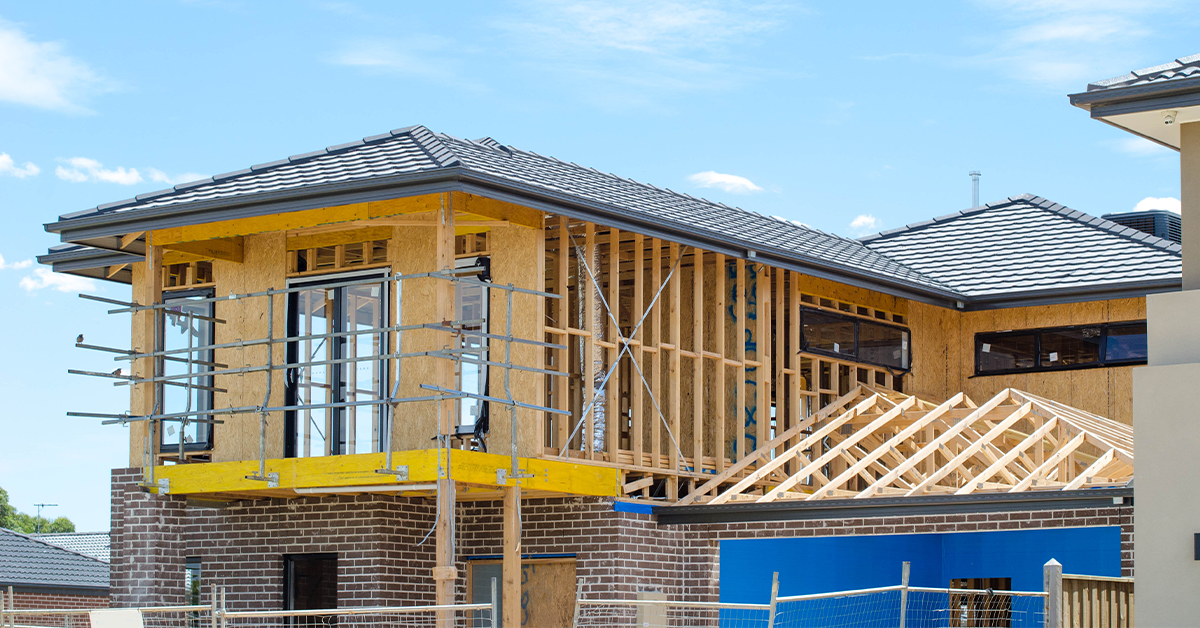- No products in the cart.


Today’s release of SQM’s research is the latest in a series of economic modelling critical of Labor’s housing tax policy to increase capital gains tax and restrict negative gearing.
“Previous research commissioned by Master Builders Australia has shown that the ALP’s policies would result in an up to 42,000 reduction in new home building activity,” Denita Wawn said.
“Given the indications of weaker than expected economic growth this is the exactly the wrong time to be discouraging investment in housing. All current incentives should be kept on the table,” she said.
“Instead of just saying ‘No We Can’t’, Labor needs to stop fobbing off and ignoring legitimate questions about the impact of its housing tax policy and rethink their policies,” Denita Wawn said.
“Housing market conditions are already in sharp decline – unfavourable policy changes would make things even worse. Even in the absence of NG/CGT changes, new home building starts are likely to decline from over 230,000 to about 175,000 over the next couple of years,” she said.
“Labor continues to argue that ‘grandfathering’ will neutralise any negative impact of their policies and protect against future shocks to the housing market but the evidence we do have from the Hawke-Keating era and Cadence Economics modelling is that there will be negative impacts on the housing market regardless. For example, the investment potential of grandfathered assets will be undervalued because all subsequent owners will have a 50% tax increase on their investment,” Denita Wawn said.
“Treasury analysis (FOI 1876) that Labor quotes in support of its policies suggests that Labor’s policies to increase capital gain tax could compound upon a cyclical downturn in the housing market that may be underway,” she said.
“All this amounts to a compelling need for Labor to consider the impact of its policies to increase capital tax and restrict negative gearing before the next federal election,” Denita Wawn said.
“Master Builders also restates that Labor conceived this policy in booming housing market – this is no longer the case. House prices have fallen by at least 15% in Sydney, Melbourne and Perth while new dwelling approvals and lending volumes are driving lower at some pace,” Denita Wawn said.
Some examples of economic modelling that raise concerns about the impact
of Labor’s policies include:
| Centre for International Economics commissioned by HIA (December 2017) | – Reducing CGT Discount from 50% to 25% would result in 1.6% reduction in residential building per year below baseline
(Changes to negative gearing are not included in this analysis) -Real wages 0.7% lower per year |
| SQM Research (March 2019) | -ALP policy change to result in dwelling prices falling by between 4% and 8% between 2020 and 2022 – compared with growth of 8%-14% under current policies
-Rents would rise by 7% to 12% under ALP policies between 2020-2022 compared with 3%-12% if policies remain unchanged |
| Cadence Economics (April 2018) commissioned by MBA | -ALP policies would cause 10,000-42,000 reduction in new home construction in first five years
-Employment in construction would decline by between 7,500-32,000 -Residential building activity falls by $2.8bn-$11.8bn |
| Independent Economics for HIA (2014) | -ALP changes would increase rental costs and reduce residential dwelling values
-Lower Australian living standards by creating additional distortions inefficiency
|

